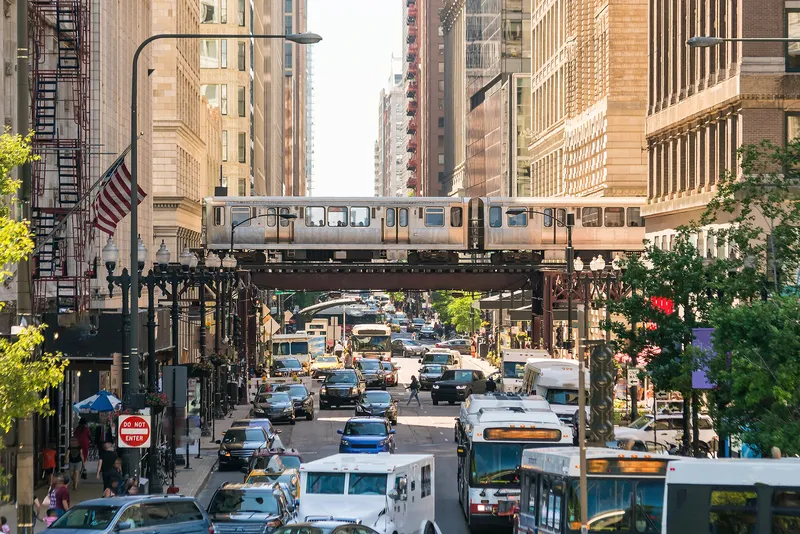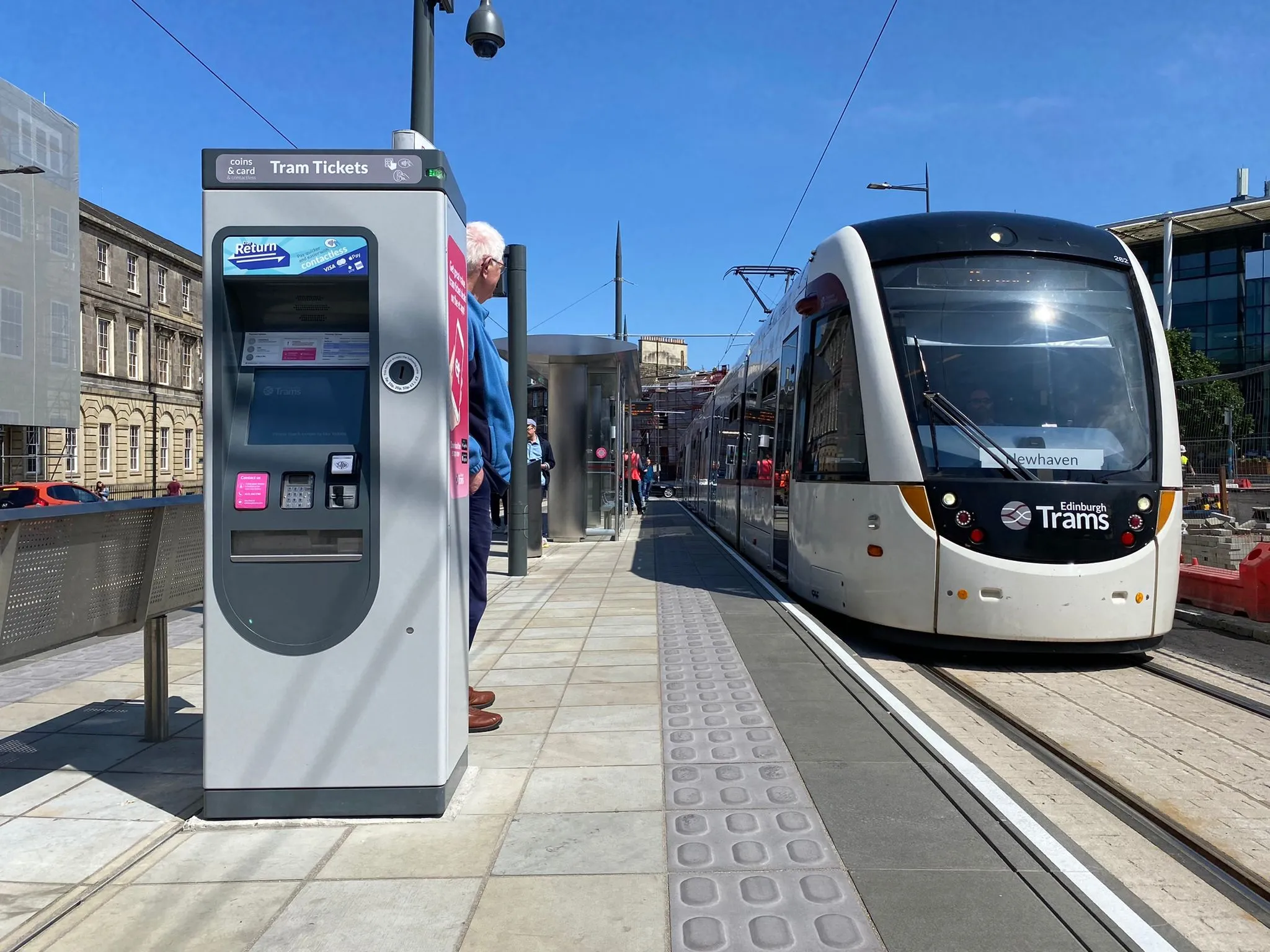Gothenburg Public Transportation company Västtrafik invited artists from Sweden’s lesbian, gay, bisexual and transgender (LGBT) communities to repaint six trams as part of August’s EuroPride celebration. Prints of the tram photographs will be auctioned at the Proud Trams art exhibition, with all proceeds going to charity RFSL to support LGBT rights. The colours of the rainbow are represented by the tram line numbers from red to purple – the trams travelled through Gothenburg during EuroPride from
August 23, 2018
Read time: 1 min
Gothenburg Public Transportation company Västtrafik invited artists from Sweden’s lesbian, gay, bisexual and transgender (LGBT) communities to repaint six trams as part of August’s EuroPride celebration.
Prints of the tram photographs will be auctioned at the Proud Trams art exhibition, with all proceeds going to charity RFSL to support LGBT rights.
The colours of the rainbow are represented by the tram line numbers from red to purple – the trams travelled through Gothenburg during EuroPride from 14-19 August.
The artists involved in the project include Ebba Chambert, Linnéa Teljas Puranen, Oscar Andersson, Nathalie Ruejas Jonson, Gustav Gigi Sandin, Linden Carter and Mira Cederwall Victorin.









